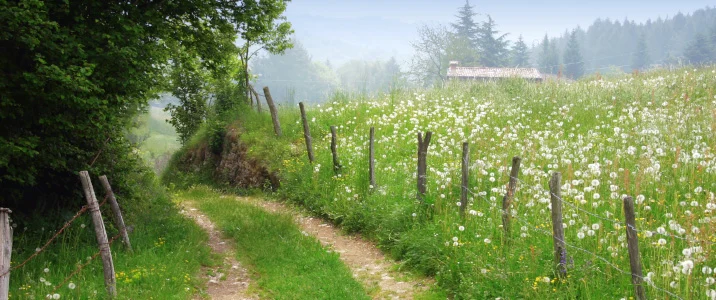Allergies in Spring
Spring is the most beautiful time of the year with an abundance of blossoms and blooms everywhere. However this of course means that the biggest allergy trigger is pollen, particularly trees.
Allergies in Summer
Summer may be great for swimming and going to the beach but hot, dry days tend to make allergies worse. The main culprit during the warmer months is grass. Remember to shower and change when coming indoors because grass pollen can be brought inside by people and pets.
Allergies in Autumn
When the leaves start to change colour and you feel a nip in the air, the main allergy to watch out for becomes perennial allergies. Mould & dust can start to become a problem.
Allergies in Winter
During colder winter months, we tend to spend more of our time indoors. Unfortunately, that’s where many of the allergens are too. Outdoors, pollen levels are lower than usual, although airborne mould spores could still trigger allergy symptoms.
Help Prevent allergies in Autumn and Winter
Vacuum more often
Vacuum often to reduce dust mites and pet dander (dead skin cells) during the winter when everyone, including your pets spend more time indoors.
Remove Outdoor Clothing As Soon As You Get Home
Wet leaves develop mould and mildew, so stick to shoes and coats easily. Tip: remove both as soon as you get inside to help stop spreading allergy causing substances throughout the house.
Clean Heater Filters Regularly
To reduce dust from your heating vents, clean or if possible replace the filters in your furnace. Consider installing humidifiers to improved air quality.
Be Careful With Open Fires And Smoke
Whether you’re out of town for the weekend or snuggling up at home, everyone loves a warm fire, but smoke can be tough on allergies. Have the chimney cleaned, and consider the option to replace your fireplace screen with a fireplace door.
Check Firewood For Mould Before Bringing it Inside
If you’re lucky enough to have a fireplace to keep you warm through the winter, you may be letting allergens in with your firewood. Firewood is a great hiding place for mould spores, so check it carefully before bringing it inside. Tip: only bring in what you plan to use that night, and store the rest of it outside in a dry place.
Keep Seasonal Clothing Clean And Stored Properly
Dust and mould gathers easily in storage spaces. Clean off blankets and warmer clothes before storing them away. Store items in airtight containers such as a vacuum seal bag when it’s time to put them away to help protect them and keep them clean.
Help Prevent allergies in Spring and Summer
Having grass allergies can make you feel like you’re constantly playing a game of hide and seek. Avoiding grass altogether can be a challenge, but you can help prevent allergic reactions to it by limiting your exposure to grass pollen. When grass pollen levels peak in late spring and summer, limit your time outside in the morning, early afternoon, and on windy days, when pollen counts tend to be highest. Keep your lawn cut short to limit grass blooming. Also, have someone else do the mowing, and don’t be outside when they do it.
Grass pollen is easily picked up by the wind and carried into your home. So, keep windows closed, and change air conditioner filters regularly. To trap the most airborne allergens, use the highest-rated efficiency air filter available for your system.
After you’ve been outdoors, reduce tag-a-long grass pollen in your home by changing and washing your clothes and showering and washing your hair. If you have a pet, wipe down their fur to remove any pollen they’ve picked up outdoors.
Use these tips to help prevent grass allergies from flaring up, so you can keep your head in the game.

